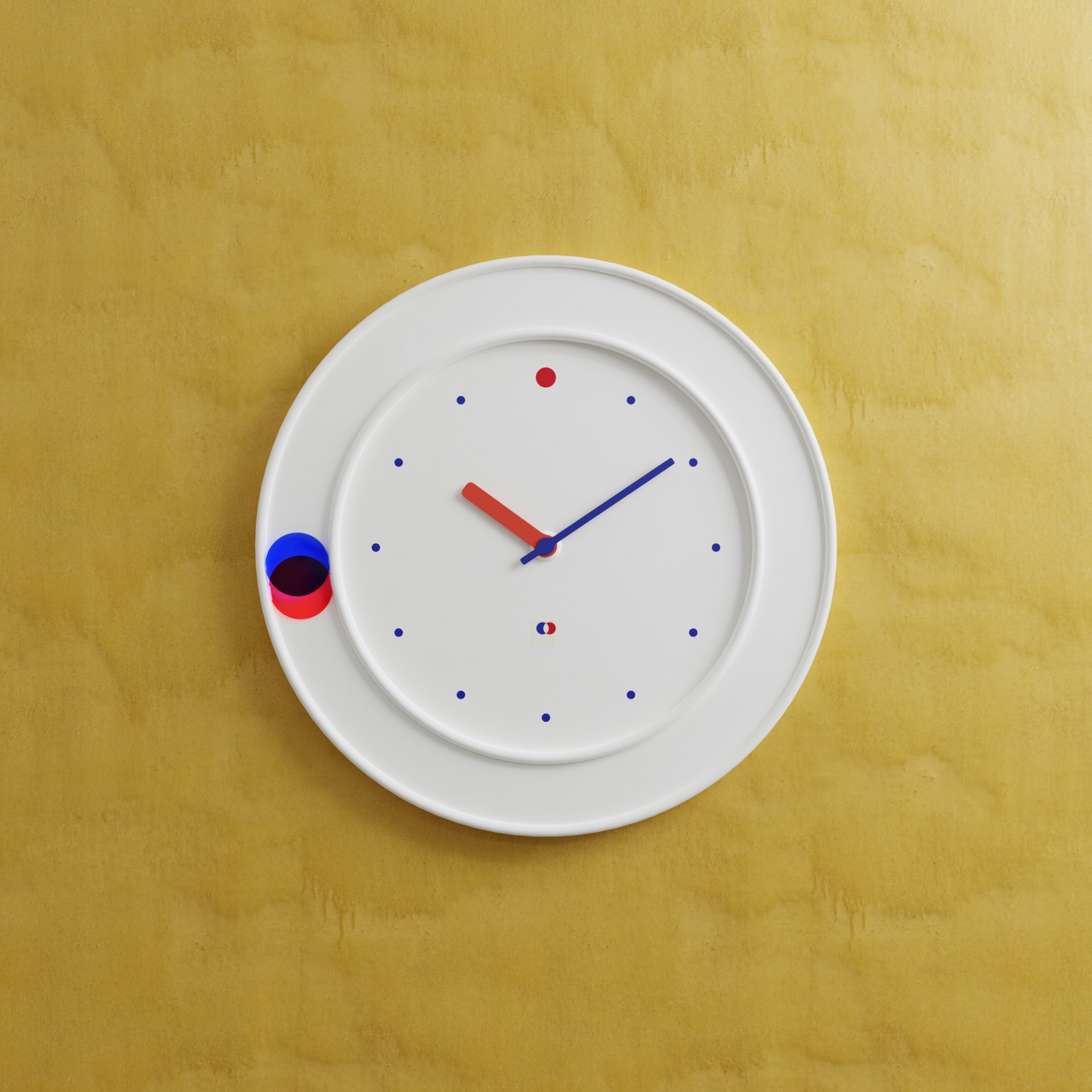Product Design
Ultimately, we combined the form of the product with a seesaw, and mainly emphasized the user's comparison with their previous self. The dial was split in half, and the left and right bands represented today's and previous data separately. Among them, today a mirror surface is used to reflect the current scene on the dial, and wood is used on the other side, which emphasizes nature and environmental protection while also having a homely atmosphere. The frosted semicircular board below, on the other hand, is a seesaw. Today, when using electricity, it lifts to the right, and vice versa, to the left. At the same time, Figure 2 is the electric energy monitoring module we designed. By connecting it to a circuit, we can monitor electricity consumption and provide the required data for the watch.



















